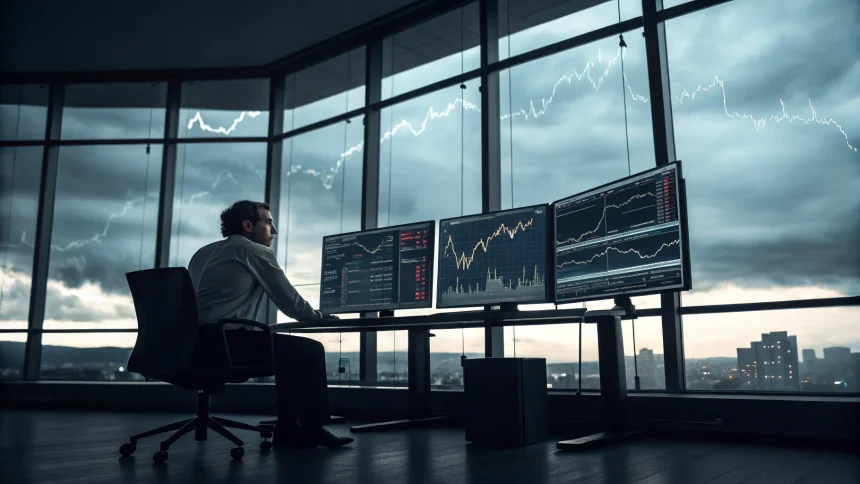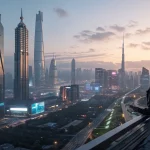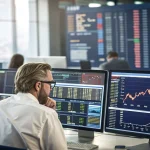Financial markets are struggling with long-term vision, according to recent comments from economist Anthony Schiavone. His stark warning highlights growing concerns about market shortsightedness and its potential impact on economic stability.
Schiavone’s statement comes amid increasing volatility in global markets, where day-to-day fluctuations often overshadow longer-term economic indicators. This myopic approach to investment and market analysis has raised alarms among financial experts who fear that critical future risks are being overlooked.
The Dangers of Short-Term Thinking
The inability of markets to “look far enough” represents a significant blind spot in how investors and financial institutions assess risk and opportunity. Schiavone suggests this shortsightedness may lead to mispriced assets and misallocated capital across various sectors.
“When markets focus exclusively on quarterly earnings or short-term political developments, they miss structural changes that will shape the economy for decades,” Schiavone explained. This tunnel vision can create bubbles in certain sectors while leaving others undervalued despite strong long-term prospects.
Historical data supports this concern. Previous market crashes, including the 2008 financial crisis, were preceded by periods where warning signs were visible but largely ignored by market participants focused on immediate gains.
Structural Factors Limiting Market Foresight
Several factors contribute to this limited market vision:
- Quarterly reporting cycles that prioritize short-term performance
- Compensation structures that reward immediate results
- The growing influence of algorithmic trading
- Media coverage that amplifies short-term market movements
Institutional investors, who traditionally maintained longer investment horizons, have increasingly shortened their timeframes to compete with retail traders and hedge funds. This shift has removed a stabilizing force from markets that once provided balance against short-term speculation.
“The market can’t look far enough,” Schiavone stated, highlighting how even professional analysts struggle to incorporate long-term structural changes into their models.
Implications for Economic Stability
The consequences of this market myopia extend beyond investment returns. When markets fail to price in long-term risks such as climate change, demographic shifts, or technological disruption, they send misleading signals to businesses and policymakers.
Companies may delay necessary but costly transitions, while governments might postpone structural reforms that could strengthen economic resilience. This collective procrastination can make eventual adjustments more painful and disruptive when reality finally forces recognition.
Financial regulators have begun acknowledging this problem. Several central banks now require stress testing that incorporates longer-term scenarios, particularly related to climate risk. However, these measures remain limited in scope and influence on day-to-day market behavior.
Potential Solutions
Addressing market shortsightedness requires changes at multiple levels. Schiavone and other economists have proposed several approaches:
Reforming corporate reporting to emphasize long-term value creation alongside quarterly results could help shift investor focus. Additionally, changing compensation structures for fund managers to reward long-term performance might align incentives with sustainable growth.
Improved modeling of complex, long-term risks would give investors better tools to incorporate future scenarios into present-day valuations. This includes developing more sophisticated approaches to quantifying uncertainties like climate change, technological disruption, and demographic shifts.
For individual investors, the message is clear: developing an independent view of long-term trends may provide opportunities overlooked by markets fixated on immediate results.
As economic uncertainties continue to mount globally, Schiavone’s warning serves as a reminder that financial stability depends not just on what markets see today, but on their ability to anticipate the challenges of tomorrow.







